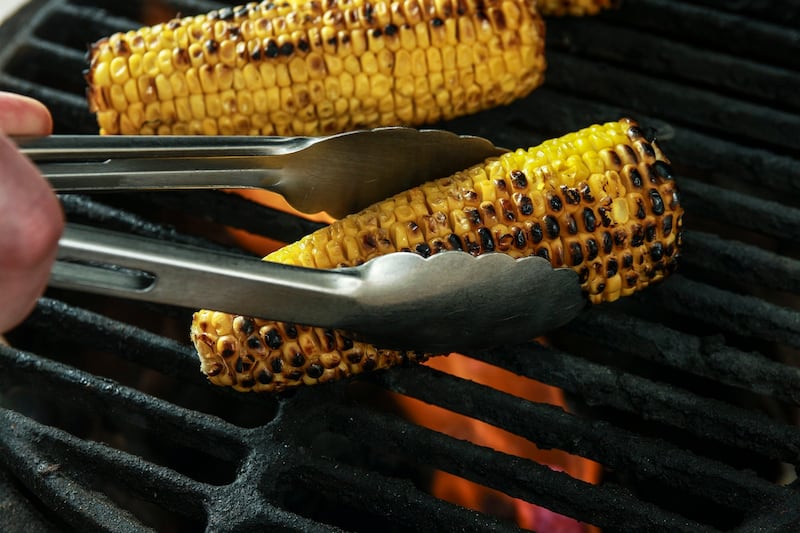The modern craft beer movement (which many can trace all the way back to the early 1980s) may have been the tide that lifted all boats in that it shone an overdue light on some classic styles and broaden the palate of the average beer consumer.
My early interest in more interesting beer led me to embrace Belgian beer and indulge in a visit to Bruges in the pre-Colin Farrell days.
Belgium has long been seen as a traditional standard bearer of beer, with styles and brands going back centuries still enjoyed and revered today.
A measure of the reverence is the eye-catching glassware each different beer is served in.
Every beer has its own glass so as the drinker can extract all of its best qualities.
That’s why I got thrown somewhat with an amber ale known as Kwak.
Bottles of this Belgian beer are sold in independent off licences for enjoyment at home, but to get the full experience, this beer needs to consumed from a traditional half yard glass, which has a large bulb at the bottom and requires a wooden frame to help it stand up.
However, although brewed by the Boostels Brewery, which is situated in Buggenhout in Belgium and has been brewing beer since the late 18th century, Kwak is a relatively recent invention, first delighting beer drinkers in the 1980s.
The full name for the beer is Pauwel Kwak and it’s believed to have been named after an 18th-century innkeeper and brewer of the same name and therein lies the origin of the unique glassware.
The legend goes that at the time Pauwel Kwak operated his inn, it was frequented by coaches (the horse-drawn kind that is). However, as their passengers disembarked for refreshment, they were not allowed to enter the inn, having to remain with the coach and horses.
Therefore the unique glass was designed to be hung on the coach, within easy reach of the coachman – kind of like an early edition of the cup holders which accommodate cups of coffee in our cars these days.
The beer itself is an 8.4 per cent amber ale which calls upon all kinds of Belgian beer wizardry to hide that strength.
There are nice malty, fruity aromas with a little hint of spice and coriander and although many of these flavours follow onto the palate, there’s a lightness to it.
It has a toffee-like sweetness but the thin body ensures it’s not too cloying and that little nip of spice keeps it interesting.







